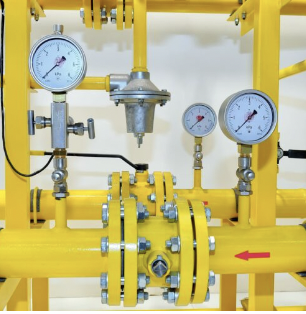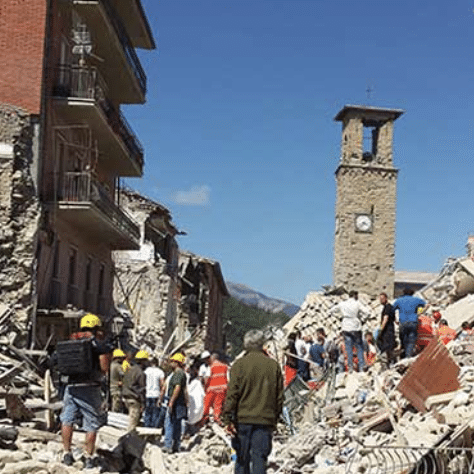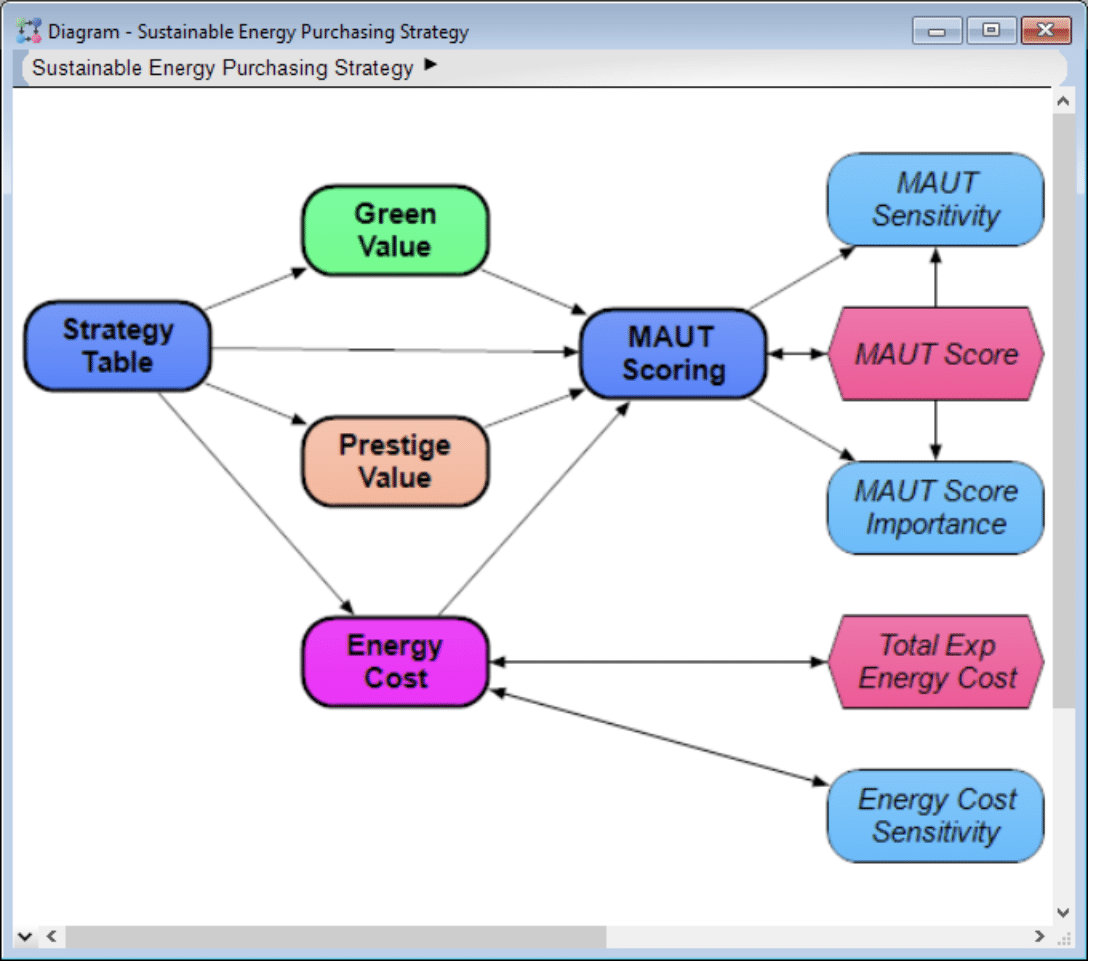Some utilities have been in the headlines for the wrong reasons: The 2010 San Bruno gas pipeline explosion, 2015 Aliso Canyon gas leak, 2018 Camp Fire in 2018, and 2021 Dominion Pipeline ransomware cyberattack. What should utilities do to mitigate such risks while balancing safety, reliability, and costs?
The California Public Utility Commission in concert with California’s investor-owned utilities use a framework to guide these decisions. They use risk-spend efficiency (RSE) as a metric to prioritize those mitigations that do the most to reduce risk per dollar invested. We will describe how this scheme works and illustrate its use in ANAGRAM (Analytica for Natural Gas Risk Analysis and Management), software used to assess portfolios of risk mitigation projects for gas pipeline lines.
What is ANAGRAM?
The challenge
The aging gas infrastructure in the USA poses a huge challenge. More than half of the pipes are over 50 years old. Gas utilities are investing billions of dollars to inspect and test them, and repair or replace them where necessary. How can they figure out which mitigation projects are the best use of their ratepayers’ dollars? The California Public Utility Commission requires utilities to use risk-spend efficiency (RSE) – that is, to select projects with the highest risk reduction per dollar invested.
Why Analytica?
A large gas utility asked the SIPmath Group to develop a decision tool to help gas risk managers and engineers define and select mitigation projects. Sam Savage, CEO of the SIPmath Group, invited Lumina to develop a decision-support tool in Analytica based on some of his recent ideas on rare event simulation:
“With multiple dimensions and hundreds of thousands of pipe segments and other assets, using spreadsheets was out of the question,” says Savage. “And a project to create devoted software for this purpose would have cost a fortune and collapsed under its own weight,” he goes on. “Analytica is in the sweet spot for rapid development and deployment of large models. It has industrial duty multi-dimensional data handling and Monte Carlo simulation in an interactive graphical environment, and is self-documenting through influence diagrams”.
The solution
The SIPmath Group and Lumina team developed a decision-support web application named ANAGRAM – Analytica for Natural Gas Risk Analysis and Management. ANAGRAM is being applied to analyze and manage both transmission and distribution. ANAGRAM addresses a full range of threat types, ranging from corrosion to manufacturing defects, to third party damage (e.g., using a backhoe in the wrong place). It addresses a full range of mitigation activities, ranging from direct assessment to in-line inspection, to replacement or retirement.
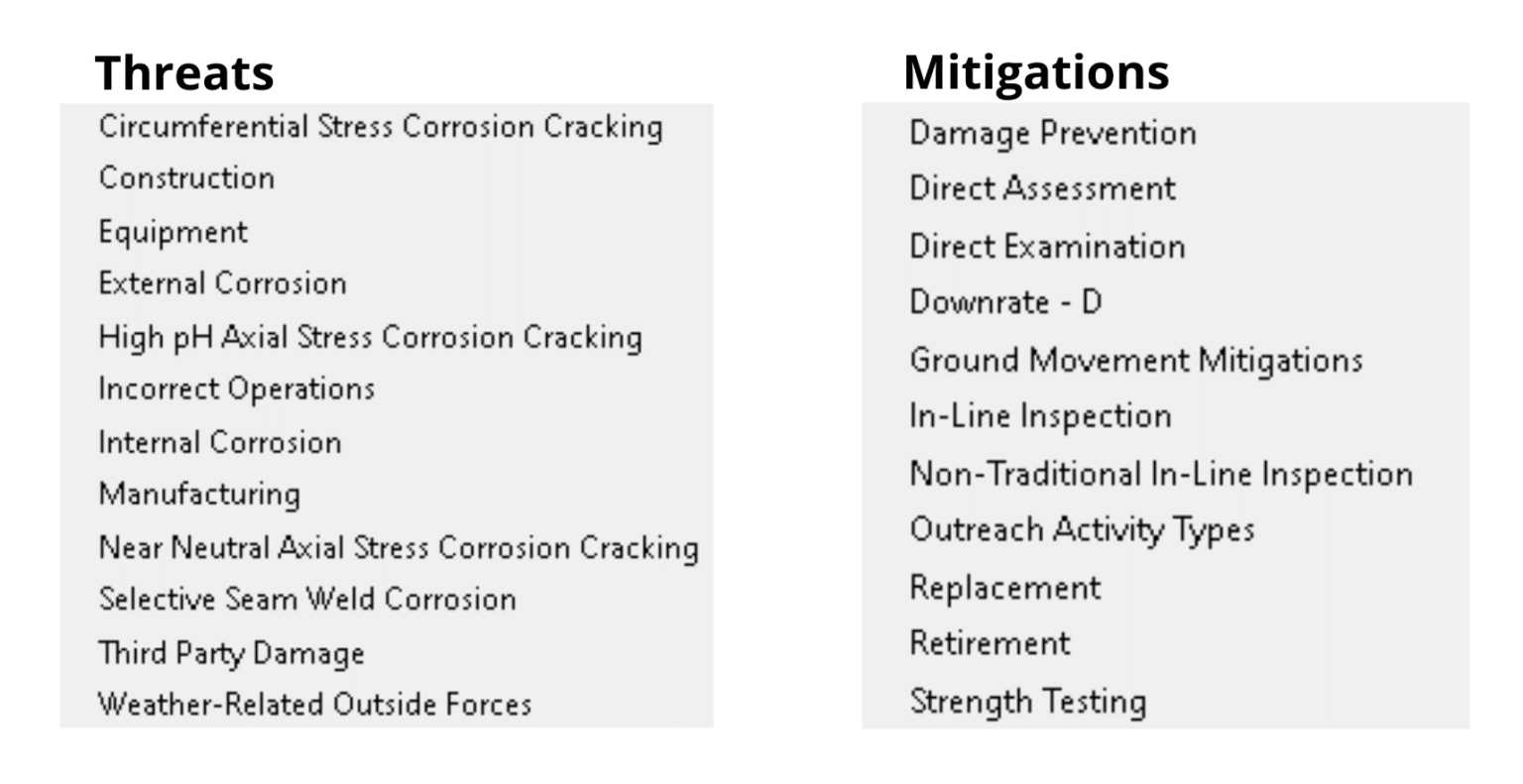
For each pipe segment or other asset, it provides an estimate of the likelihood of failure from each threat type, and the consequences of failure, such as a leak or explosion. It estimates the effectiveness of each mitigation to reduce these risks. It also estimates the project cost for each type of mitigation based on asset characteristics, length, and location. It uses this information to estimate the total reduction in risk and hence RSE for each project.
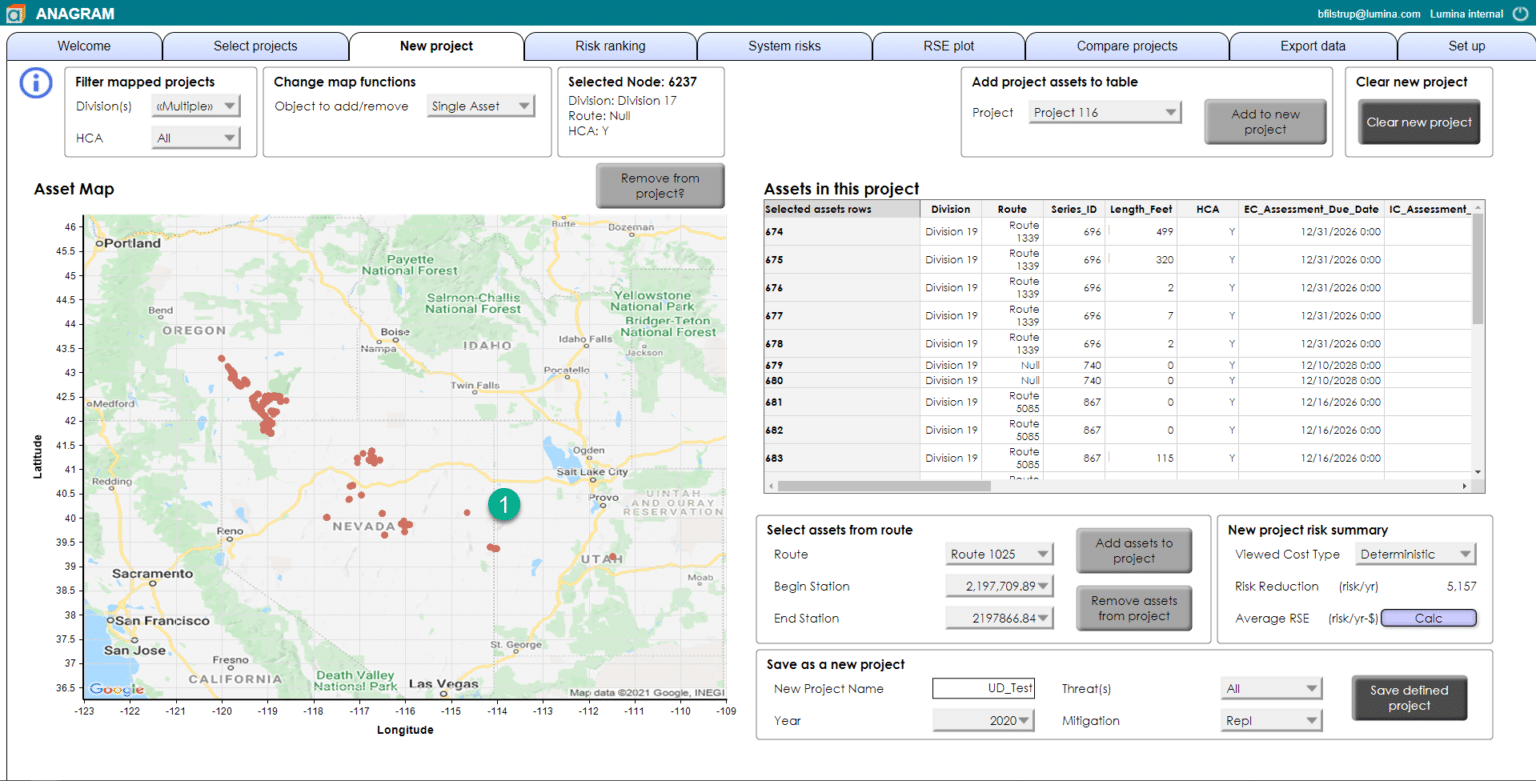
ANAGRAM is a web application providing a series of user-interface dashboards to display assets, define and analyze mitigation projects, and to compare projects and portfolios of projects using a variety of metrics including RSE. It imports standard asset data provided by the utility and generates results and reports on mitigation projects. It displays assets and pipeline routes on a map, using color to identify the characteristics of each asset, such as type, age, risk, or RSE for a selected mitigation.
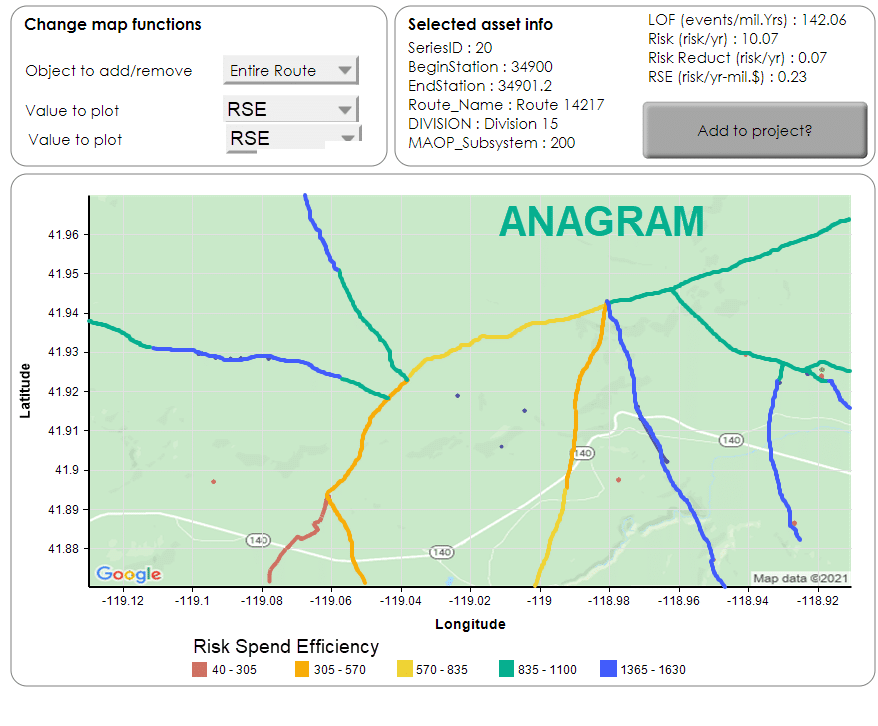
ANAGRAM uses Sparse Monte Carlo, a patent-pending algorithm developed by Sam Savage. This method dramatically speeds up Monte Carlo simulation used to estimate the probability distributions of the consequences of failures. It simulates only those rare events where there is at least one failure (e.g. ignition event) and does not waste computation to simulate the samples with no failures.


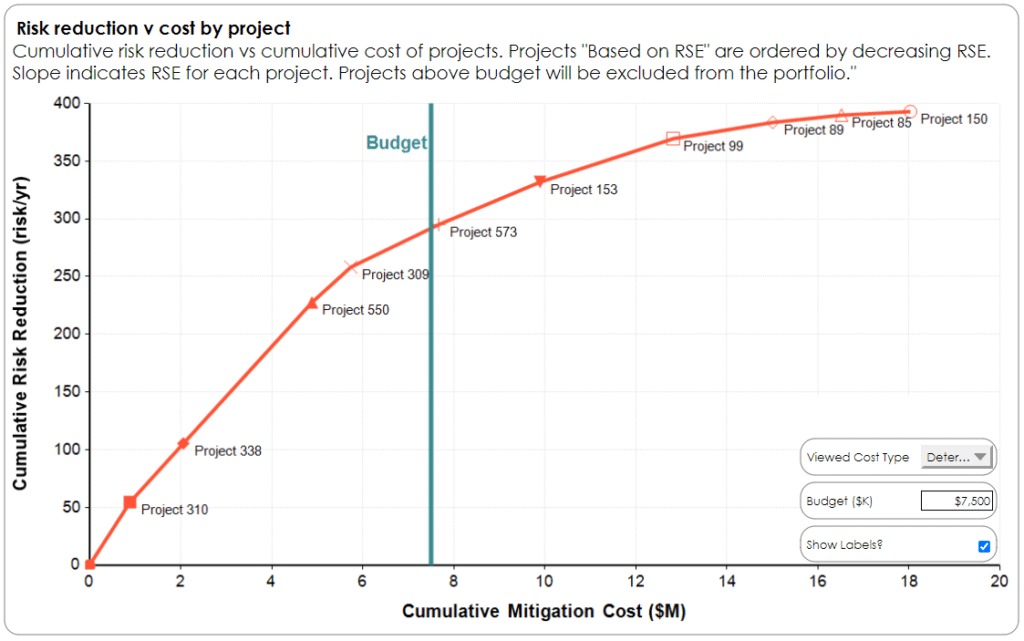
Customer
Dr Sam Savage of the SIPmath Group and risk managers of a large gas utility. ANAGRAM development was also supported by the Gas Technology Institute with funds from the US Department of Transportation, Pipeline and Hazardous Materials Safety Agency.


Authors
The developers of ANAGRAM include Sam Savage of the SIPmath Group and Max Henrion, Kimberly Mullins, James Milford, and Ben Filstrup of Lumina.
For more
Please contact our consulting team at s[email protected] for more details about this application or click the link below to learn about our consulting services.

